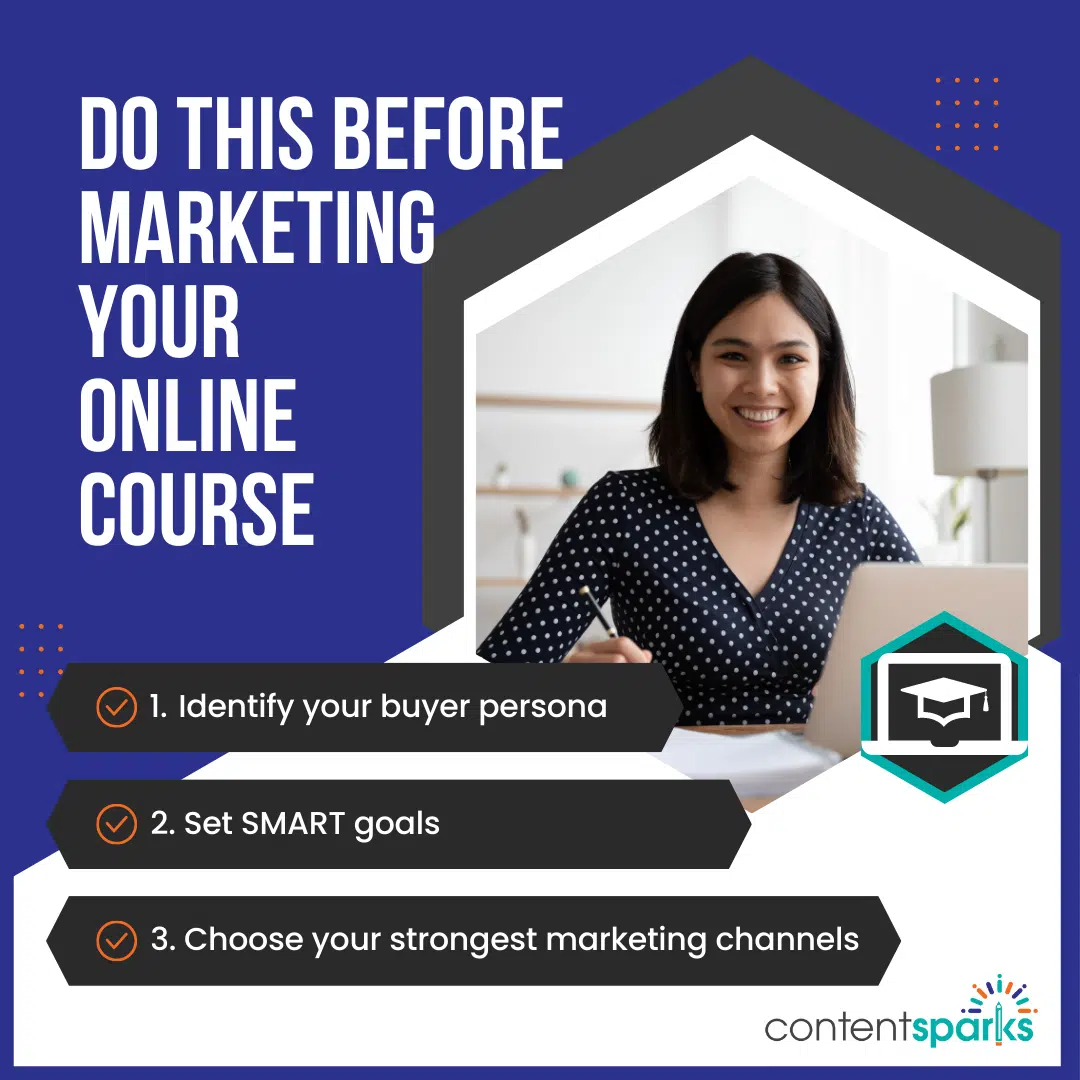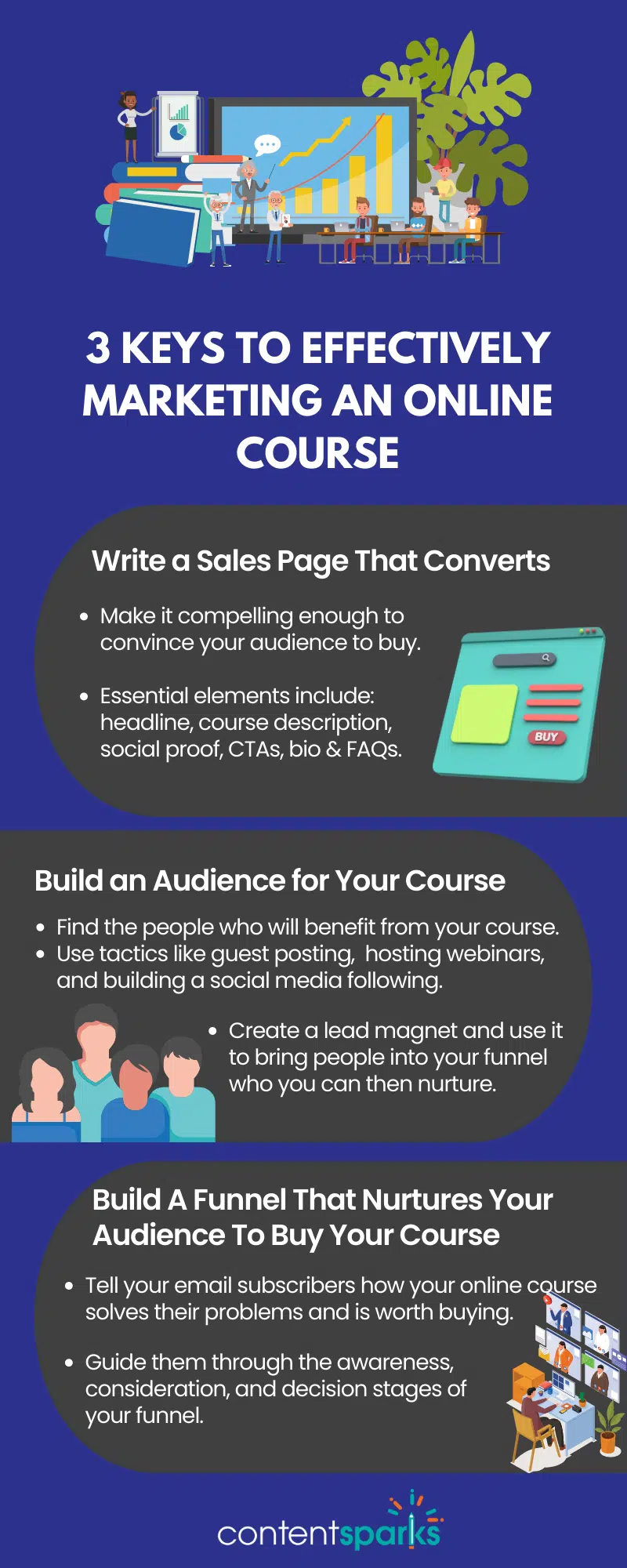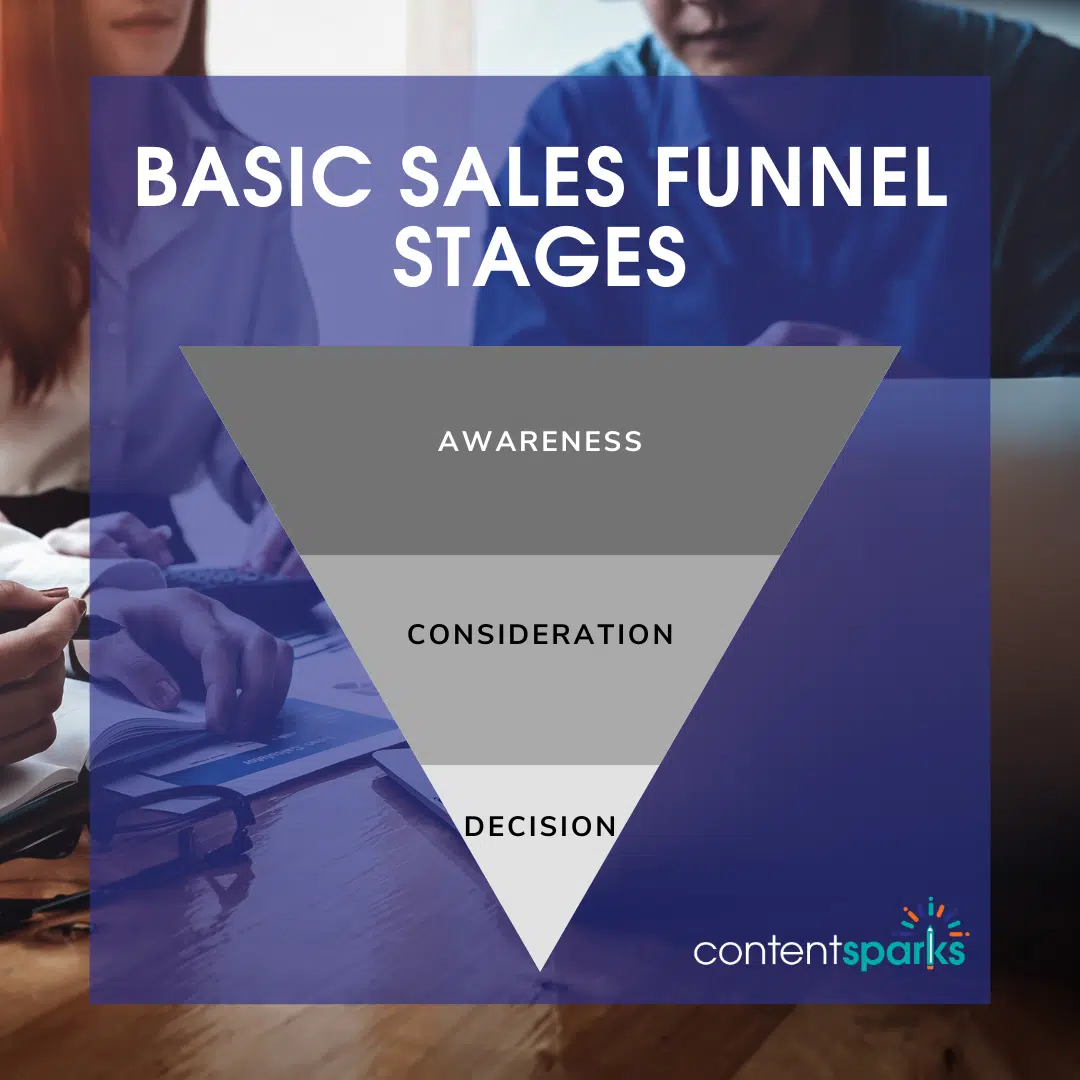From Idea To Launch: How To Successfully Market Your Online Course
0 comments
0 comments
Ready to launch the course that will propel your business to the next level and bring you the extra income you’ve been yearning for?
Forget about hoping and dreaming. An effective marketing strategy is the fuel that will get you to your course revenue goals.
Marketing a course effectively may just be one of the hardest aspects of selling a course. Creating a course can be easy (especially if you purchase a pre-made course ready to be sold), but promoting and marketing a course? That’s a whole different story and skill set that you need to develop.
Even the most seasoned course sellers get a bit nervous at the thought of starting a new launch. But effective marketing doesn’t require witchcraft or luck. You, just need a few tried and true frameworks that you can implement successfully.
In this article, I’ll show you the best ways to build a marketing strategy to promote your online course, whether it’s your first one or your 50th.
There are three things you need to do before you start marketing your online course (do not skip these, do not pass go, do not collect $200):
Most marketing strategies are doomed before they start because would-be course-sellers forget to take these three steps. Not you though! By making these three decisions before you get to marketing, you’ll give yourself a significant advantage over your competition and set your course up for success out of the gate.

First things first, you need to know who you’re talking to when you start marketing your course.
Developing an ideal buyer persona for your students forces you to zero in on your customer and ensure your marketing messaging is finely tuned to their unique needs. It helps you nail your messaging and take your course marketing strategy from zero to hero.
Is your buyer persona a real person? No, but it should feel like one.Your buyers personas are fictional representations of your ideal customers, designed to help you better understand their wants, needs, and behaviors.
For instance, one of your personas might be "Entrepreneur Emma," a busy business owner who's eager to learn more about social media strategy but short on time. So, how do you create these personas?
Get as much detail as possible on their demographic information (age, location, job role), their motivations and goals, their pain points (particularly related to your course topic), the types of language and wording they use, and their preferences in terms of content and communication. Understanding these will help you craft marketing messages and sales copy that really resonates with your target audience and make them feel like you’re speaking directly to them as individuals.
Once you’ve laid out all the details of your ideal students, keep that information front and center whenever you’re creating any marketing content or making tactical decisions.
Now that you know who you’re marketing to, you need to figure out what you want to achieve.
Sure, your goal is probably “sales” - but that could mean $10 in sales or $10,000. Unless you have a specific (and measurable) goal in mind, there is far too much wiggle room along the way to reaching it.
On the same note, who wouldn’t want $1M in sales? But unless you have a massive audience, ad budget, or are selling at a high price point… it probably isn't going to happen (sorry!). Your goals need to be realistic so that you have a chance at achieving them.
I’m a fan of the SMART goal framework: goals that are specific, measurable, actionable, realistic, and time-bound.
That means instead of saying, "I want to sell a lot of courses," you'll say, "I want to sell 100 courses in the first 30 days." This specificity will guide your strategy and give you a clear target to aim for.
There are so many channels available - from social media to email marketing, content marketing to SEO - it can feel overwhelming. Where will you focus most of your efforts?
Remember those personas you created? Go back to them. What channels do your ideal students use most frequently? If "Entrepreneur Emma" is always on LinkedIn but rarely checks her Twitter, it makes sense to focus your social media efforts on LinkedIn.
Also, consider your own strengths. Are you a fantastic writer? Content marketing might be a great option for you. Do you have an engaged email list? An email marketing campaign could be your best bet. Do you love speaking and doing webinars? A free webinar can be a highly effective way to sell your course.
Remember, you don't need to be everywhere at once. It's better to do really well on a few channels than to spread yourself too thin over many. Start with one or two and expand as you start to see results.
Now that we got those tidbits out of the way, it’s time to roll up your sleeves and get to the actual marketing tasks.
Marketing can be intimidating - there’s just so much to it. It can take years to refine your copywriting style, and months to build any sort of organic following or SEO. Before you get flustered and running to the kitchen for some comfort food, let me leave you with three keys I have found to be the most helpful when launching an online course:
If you have these three elements in your marketing strategy, then you have a rock-solid foundation for your course launch.

Your sales page is often the final hurdle between a potential customer and a course purchase. It needs to be compelling and informative enough to convince them to take the plunge.
There’s a lot to writing a killer sales page (I covered it in my guide to writing a sales page that converts like crazy), but I’ll leave you with a few essential elements to include:
Even the most fantastic course with the most compelling sales page won't sell if nobody knows it exists. That's why building an audience is the crux of your ultimate success.
Building an audience can be hard though, especially if you’re starting from scratch. It takes time, so remember to be patient and consistent. You're not just looking for any audience – you're looking for YOUR audience. You need people who will benefit from your course and find real value in it.
There are a number of tactics you can use to build an audience:
One of the simplest ways to build an audience and capture email addresses though is to create a lead magnet to share on your website and everywhere else you can think of. A lead magnet could be:
As long as it is valuable and enticing to your audience, it will be a major asset in building as big an audience as possible, Remember our friend "Entrepreneur Emma"? She's busy, burning the candle at both ends, so a social media posting checklist or a series of templates could be just the ticket.
Once your lead magnet is live, promote it! Place it on your home page, share it on social media, put it in your email signature, and link to it from the most-visited blog posts on your website. This is where you start building the top of the funnel that you can then nurture toward a sale once you are ready to launch your course.
You can/should of course promote your course once it goes live, but a lead magnet is a great “low stakes” way for prospective customers to engage with you without handing over their credit card. Once you do get their email address though, it’s time to nurture them.
Finally, let's talk about sales funnels.
This is where the magic happens, it’s where you will take new and existing subscribers on a journey that shows them how your online course solves their problems and is worth buying.

There are three basic funnel stages:
And then the fun happens: you make a sale.
So, how do we get people to make the purchase? Nurture them with an email sequence that shows them how your course solves their problems and guides them to buy.
You can read more about this in my guide to pre-sell an online course that gets into the nitty gritty of email and nurturing your funnel.
Armed with an effective marketing funnel there is no stopping you from watching those sales roll in!
Except, you need to draw people into your funnel in order to move them down the sales process. There’s a ton of ways to promote an online course (I covered 19 of my favorite promotion tactics in this guide), but here are some good places to start.
If you already have a business with customers, why not start by reaching out to them?
These people already know and trust you, so they may be more likely to enroll in your course than people who are completely new to your brand. You can also offer exclusive discounts or early-bird enrollment opportunities to incentivize them to enroll in your course. By leveraging your existing customer base, you can drive more enrollments to your course and generate passive income from people who are already your fans.
Nothing beats word-of-mouth marketing when it comes to establishing your credibility and building trust. So make it easy for your audience to share information and links about you on social media.
Put social sharing buttons on your sales pages and website. Add click-to-tweet buttons for quotes in your blog posts. Send direct requests to students who have been through your course, asking for recommendations and reviews. For social media, you can also entice people to share by offering them a bonus based on how many shares and tweets they've done.
Remember that awesome email list you are building? Use it.
You can use your email list to promote your course, offer early-bird discounts, and provide helpful resources that are related to your course topic. By consistently providing value to your email list subscribers, you can build trust and credibility with them, which can lead to more course enrollments over time. Additionally, your email list can serve as a valuable asset for future promotions, as you can continue to promote your course to your list even after it has launched.
If you have the budget for it (even $50 - $100 per month can help) then Google Ads is an excellent channel to start with.
With Google Ads, you can create targeted ads that appear when people search for specific keywords related to your course. This can help you reach a wider audience and attract potential customers who are actively searching for solutions to the problems your course solves. Additionally, you can use Google Ads to retarget people who have already visited your website but didn't enroll in your course. This can help you stay top-of-mind and remind them of the benefits of your course.
Check out these and 15 other promotion tactics in our complete guide to promoting your online course.
All this talk of marketing, sales, funnels, and lead magnets (oh my) starts to sound expensive.
I wouldn’t blame you for wondering how profitable it is to sell a course. After all, you need to account for:
I’ve covered the cost of creating an online course, as well as the different platforms to launch your course on with their various costs, so check those resources out to dive more deeply into these topics. The short answer though to the question of whether an online course can be profitable is a resounding “yes”.
As long as you manage your costs to creating the course (we include a sales forecasting tool in this guide to pricing your online course), you can turn a profit and even generate a new stream of revenue for your business.
But I have a secret for you to speed up your path to profitability…
As you can see, selling a course isn’t as simple as pressing a button to go live.
If it were that simple, everyone, their grandma, their 5-year-old, and their dog would have a successful online course!
Fortunately, you’re armed with a little know-how and a few secret tidbits of knowledge that will set you apart from your competitors. Building a marketing strategy takes time and practice to get right. You can speed up your path to profitability by skipping the lengthy course-creation process and focusing all your energy on the course-selling process.
How?
You can get a jump on your competition by skipping ahead in line and selling a course that is already written and just needs to be published and sold. We sell thousands of courses to business owners and coaches just like you. With our white-label course, you can offer knowledge and training at scale, focus more on serving your clients, and add new revenue streams quickly - without wasting weeks or months creating courses from scratch.
Browse our shop and find a course to sell to your audience today.
Check Out Our Full Range of Courses in the Shop
Teach Yourself. Then teach your audience.

When you purchase a license to any of our ready-to-go course kits, you get the rights to edit it any way you want (or leave as-is) and add your own name and branding.
Then use your new course to:
Enjoy!

Tags